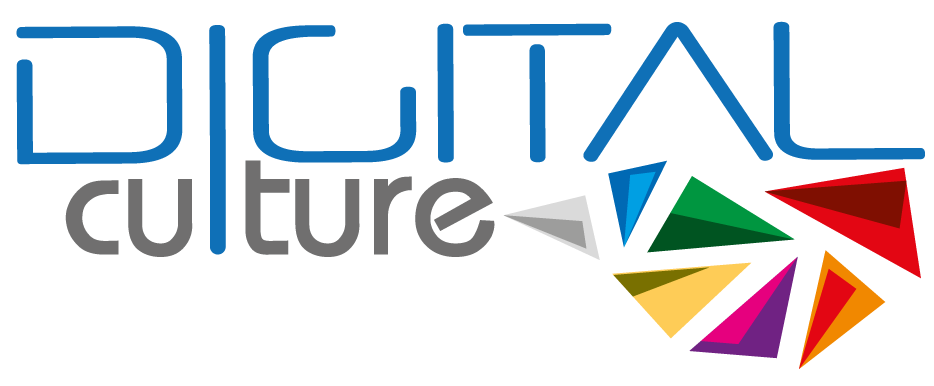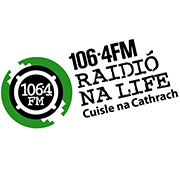This case study takes a look at the audience and personas Raidió na Life, an Irish radio station, have identified, as well as exploring some of their SEO and online analytics activities. The following are the responses received from an interview with Muiris Ó Fiannachta, the station manager.
Tell us a
bit about Raidió na Life…
Raidió na Life is a community-of-interest radio
station which provides an Irish language community radio service in and to the
Greater Dublin Area on 106.4 FM and globally on raidionalife.ie.
The station is a non-profit organisation. It functions on a largely voluntary
basis, employing a small core staff of three full-time and two part-time
employees, who train and provide support to between 100 and 150 volunteers who
produce and present the majority of the station's programming. The station is
primarily funded by Foras na Gaeilge, the all-Ireland body set up under the
Good Friday Agreement to promote Irish in both jurisdictions in Ireland. We've
been broadcasting full-time since 1993 and are the only fully-licensed
independent Irish-language radio station in the Republic of Ireland.
The station was
initially set up as a community response to the extreme deficiency of modern,
contemporary content, both speech and music, which was available through Irish
on the airwaves in Ireland in the 80s and early 90s. At the time of the
station's inception, there was only one radio station in the country
broadcasting in Irish, RTÉ Raidió na Gaeltachta, which focussed its service
primarily on the Gaeltacht regions of the country and whose content reflected
those narrow geographical confines. Raidió na Life was therefore set up
specifically to provide a service to and to give a voice to Irish-speakers in
the Greater Dublin Area.
Who is your target audience?
Our target audience consists primarily of residents of the Greater Dublin Area
who speak Irish, as well as a significant proportion of the majority-language
(English-speaking) population who may only have a passing interest in or a
basic grasp of Irish, but who tune in to the station regularly as a result of a
plethora of specialist and alternative music programmes which broadcast music
which would not usually be broadcast on mainstream radio.
Have you identified a persona? Can you describe it?
The persona we have identified is an urban
Irish-speaking family unit, with middle-aged parents, a young adult, a teenage
and pre-teen kid and a family pet thrown in for good measure. One parent is a
fluent native-speaker from the Gaeltacht, who has been living and working in
Dublin for most of their adult years, the other parent is from Dublin but liked
the language at school and became quite fluent; the parents raised their kids
with a mixture of native Gaeltacht Irish and learned Irish in the home. The
family lives an entirely urban existence, apart from the occasional family
holiday to the Gaeltacht, and is surrounded entirely by a sea of English, but
is passionate about its native Irish language, and while living in a world and
a society which is dominated by English, wishes to engage with the world
through Irish where possible. The parents are general music lovers, they love
everything from rock to trad to jazz to classical; the adult kid is a DJ who is
into jungle, trance and drum n' bass music; the teenager is a metal head who
plays guitar in a band with her black-clad moody friends and the pre-teen is
obsessed with pop music and pink is her favourite colour. Raidió na Life
content is directed at that family unit.
Do you use SEO?
We don't currently use SEO. We appear at the top of search results if
you search for the station itself or by alternate spellings such as Radio na
Life, Radio na Liffey etc. We appear in second or third or fourth place in
searches for terms such as "Raidió" by itself or "Raidió
Gaeilge", "Irish Language Radio", etc. Given that the primary
State Irish-language broadcaster, RTÉ Raidió na Gaeltachta, will always appear
first, then appearing in the first one or two results after that is good enough
for us.
Do you measure your online impact using analytics?
How is that helpful? What tools or software do you use to help you?
Our Programme Co-Ordinator is our key staff member who works most
intensively on our social media platforms. She uses the inbuilt analysis tools
available on Twitter (analytics.Twitter.com) and Instagram. As
social media presence is only one small component of the Programme
Co-Ordinator's job description, we probably don't use such tools to their full
potential as that would likely require a full-time position all unto itself,
but we take what we can from them. We generally keep an eye on what type of
content, posts and style get a good response and good engagement from our
online followers, and we stick to that tried and trusted formula.
While not as visible as our social media activity perhaps, our most
important online activity of all is the provision of our live stream online.
This is provided by a US company Streamguys.
They provide us with weekly numbers for accesses of the online stream.
This is very valuable to us as, while we have no way of measuring our radio
listenership figures on traditional FM - only commercial radio stations have
their listenership figures measured in Ireland, community radio stations are
not covered under the quarterly JNLR (Joint National Listenership Research)
figures - the ability to see exactly how many people are listening digitally on
a given week is vital to us, especially as audiences increasingly shift the amount
of time they spend listening to audio content from analogue to digital.
Where do you go to get information on all of these topics?
We rely heavily on in-house staff knowledge, as well as information and advice provided to us by website designers who we have worked with over the years, but where information is not immediately available to us, we simply Google!
Senest ændret: fredag den 19. november 2021, 19:27

